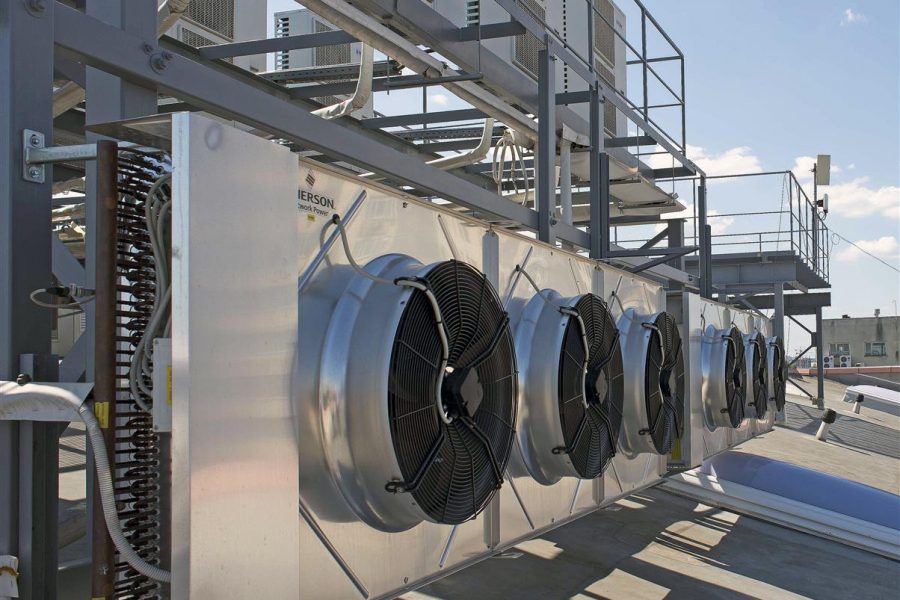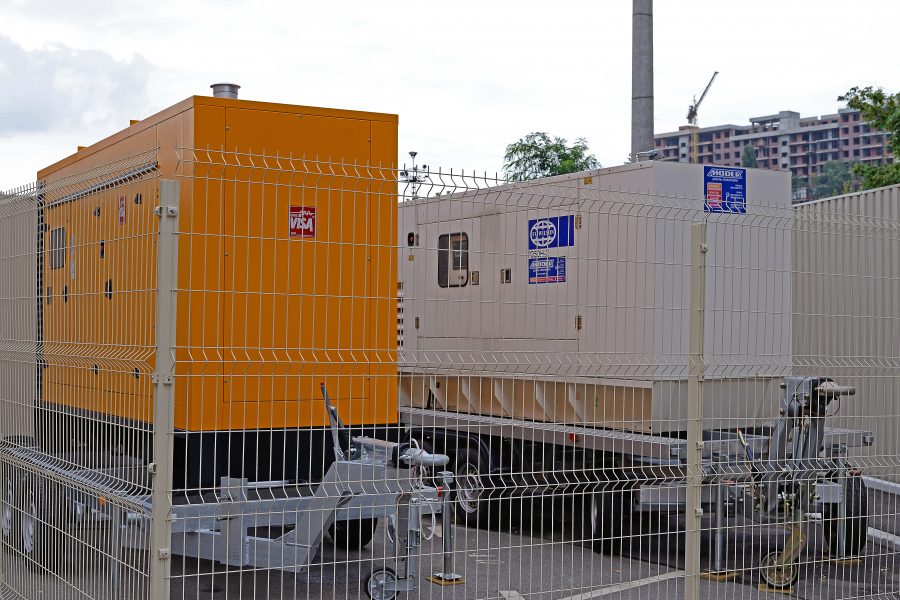Tata Communications is laying the foundation for IoT in India with the world’s largest LoRaWAN network spanning across 2,000 communities and 38 cities in the country, to create an end-to-end connected ecosystem.
People of all ages and sections of society need to have a deeper understanding of IoT and how it can benefit their lives as citizens — VS Shridhar, senior VP and head – Internet of Things, Tata Communications
India’s youth is clearly inspired by Internet of Things’ potential to automate their domestic environments, but that represents a fraction of IoT’s potential to transform society as a whole,” explains VS Shridhar, senior vice-president and head – Internet of Things, Tata Communications. “The potential for IoT as a ‘public good’ is clearly immense, but for this to be realised, open dialogue between all segments of society—from consumers and businesses, to the public sector as well as technology providers—is now essential. “People of all ages and sections of society need to have a deeper understanding of IoT and how it can benefit their lives as citizens,” he says.
Tata Communications is laying the foundation for IoT in India with the world’s largest LoRaWAN network spanning across 2,000 communities and 38 cities in the country, to create an end-to-end connected ecosystem. New operating systems such as the Civic OS framework, powered by IoT solutions, on the LoRaWAN network will enable better and affordable management of essential utilities, drive smart cities and empower economies to run more efficiently, securely and productively.
According to new insights from Tata Communications’ National IoT Survey Report, the enhanced provision of public services is a top priority for India’s mature generation (over 35s) for IoT, while the country’s younger generation (18-25 age group) perceive the impact of IoT enabled services to be most palpable in their immediate environments, such as home automation.
The survey was conducted across 2,000 respondents from 12 Indian cities to gauge the awareness levels of people around the concept of IoT and views on its impact on their day-to-day lives. According to the report, domestic automation appears to be a near-necessity for India’s youth. For over half (54%) of India’s youth (millennials aged between 26 and 35) and (Generation Z aged between 18 and 25), IoT is all about smart homes (like Smart TV, Smart Lights etc) and smartphones.
Around 67% of the over 35s, view IoT enabled devices and services as creating exponential value in the realm of public services—like energy conservation, lower pollution, better treatment and disposal of waste, better access to public utilities and healthcare facilities.
The IoT landscape in India is progressively changing. According to recent estimates, the market for IoT in India is expected to be valued at $9 billion, with an installed base of 1.9 billion units by 2020.
Get live Stock Prices from BSE and NSE and latest NAV, portfolio of Mutual Funds, calculate your tax by Income Tax Calculator, know market’s Top Gainers, Top Losers & Best Equity Funds. Like us on Facebook and follow us on Twitter.









